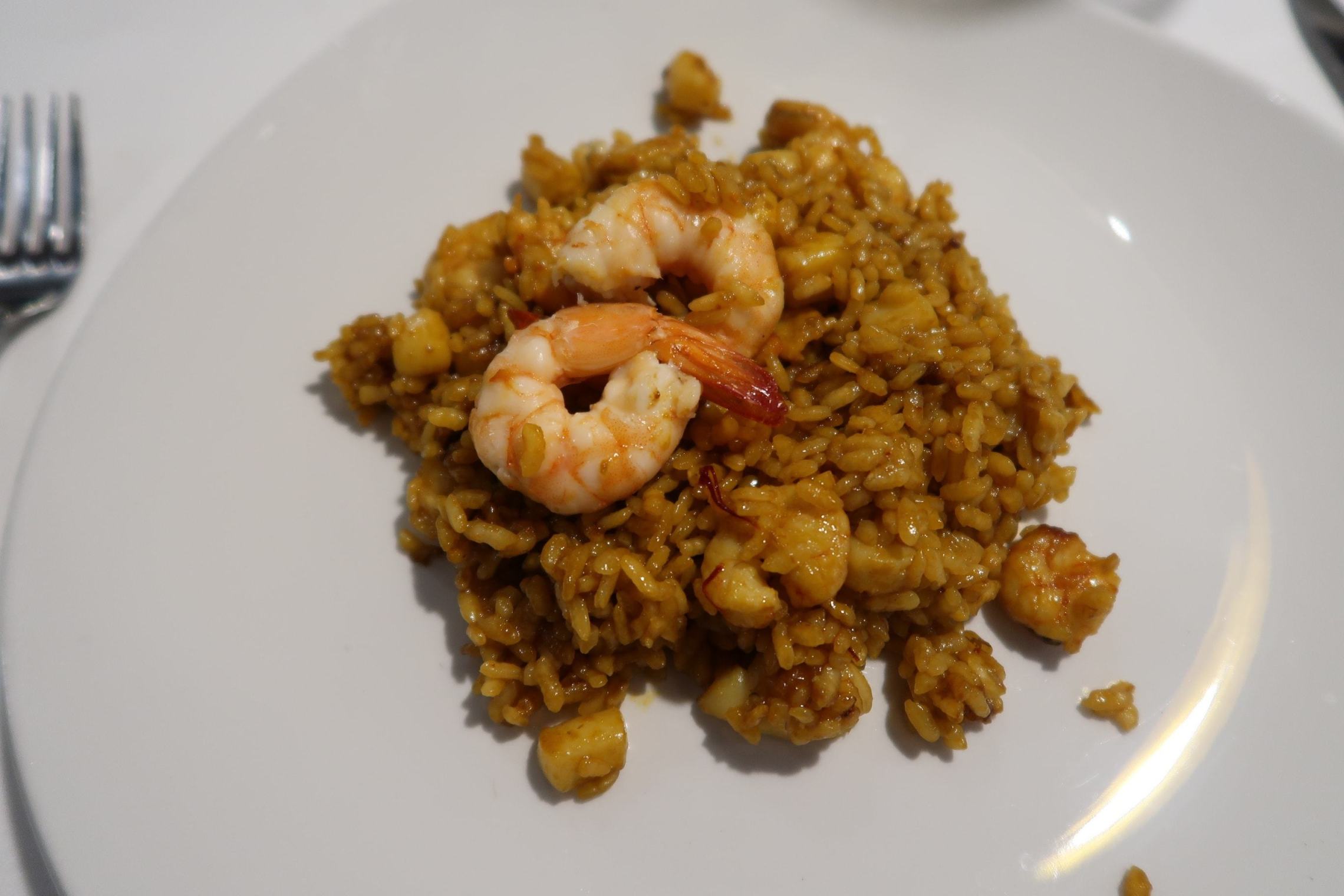
Originally posted February 22, 2021
Reposted March 29, 2022
Saffron: What It Is, Where It Comes From, & Why It’s Soo Expensive.
Saffron is the single most expensive food on earth. One pound can cost anywhere between $5,000 to $10,000 USD. In comparison, the second most expensive food, vanilla, comes in at $600 USD per pound. Let’s learn why this spice is so crazy expensive:
All About Saffron
First Evidence
Saffron has existed for over 3,000 years with the first evidence of its growth in Iran, Asia Minor, and the Mediterranean. Ancient Greeks and Romans used it as their perfume. Today, it is a popular clothing dye and cooking spice found in Eastern, Middle Eastern, French, Spanish, and Moroccan cuisines.
This is why it’s so expensive
Saffron is a purple flower with 6 purple petals, 3 golden-yellow stamens, and 1 red pistil which shows as 3 stigmas. The stigma is the part we think of as saffron which has that distinctive yellow color.
To repeat that: Each flower only has 3 stigmata. And this fraction of the flower must only be harvested and packaged by hand because of its delicate nature.
On top of that, the flowers only bloom over a 6-week period from late September to early December. And on top of that, there is a specific time of the day to harvest – early morning as the humidity and sunlight affect the quality and chemical structure of the saffron.
It takes over 75,000 flowers to make just one single pound of saffron.
All of these reasons make saffron the most expensive spice in the world.
Detecting Real & Fake Saffron
There is no alternative for the taste of saffron. But beware, there are counterfeits. It’s safest to buy whole saffron and not ground.
Look for the thin, wavy threads with yellow on one end which is the sign that the stamens have not been dyed. The aroma is a little sweet and the taste is slightly bitter. If you are unsure, try the soaking test as real saffron remains crimson in water, whereas a fake will fade.
You can buy saffron online, but carefully read reviews to ensure you get the real deal.
Disclaimer: This article contains affiliate links. As an Amazon Associate, I earn from qualifying purchases. With no additional cost to you, your purchases earn me a commission if you click on the links via my website – Thank you!
Sign up for my newsletter on the sidebar for blog updates and my travel insider tips! And, check out my vlogs on YouTube!


